By Mira Setty-Charity (PO ’26)
While the Office of Black Student Affairs (OBSA) and its facilities are administered by Claremont Consortium officials, the Black Student Union (BSU) is run by Black students for Black students. As such, the BSU was pushing for a dedicated room for mentorship, activities, meetings, and safe, calm space for Black students on campus, independent of administrator involvement. Through advocacy from many other groups on campus like the Office of Black Student Affairs, LXA (LatinX Alliance), and SOCA (Students of Color Alliance), the BSU’s years of fighting finally paid off, securing a space in Smith Campus Center on March 1, 2021. The space in Smith Campus Center was designated for usage by the BSU, similar to other spaces in Smith Campus Center like the FLI Nest for first-generation low-income students as well as the Asian American Resource Center. At the time of the designation, the BSU stated that they “intend to keep the administration accountable for the Black space designation and will continue to work to progress the entire Black community.”
Shortly afterwards, however, administration officials led by Brandon Jackson suddenly informed BSU leaders that they planned to eliminate the BSU space and convert it into more offices for College staff. Although Dean Hinkson admitted that she and Jackson should have consulted affinity group leaders before announcing these decisions, President Starr still insisted that the administration made “a good faith effort to try to accommodate one group.” This decision shocked the many students who had worked to secure this space. Worse yet, the administration also planned to force the BSU to share its space with other organizations like the LXA by dividing up the SOCA Lounge with a wall, so that the BSU would have one half of the lounge and the LXA would have the other. LXA co-presidents Elisa Velasco and Kenia Garcia-Ramos PO ’23 never received advance notice about the wall being built through their space.
In response, multiple affinity groups signed a solidarity statement opposing the administration’s decision, pointing out that affinity groups have overlapping events, that shared spaces would discourage student use, and that a wall would make it more difficult for students to access the SOCA Lounge. The statement additionally demanded that the administration respect student input and conduct a proper evaluation of appropriate spaces, especially since Pomona College has a growing population of students of color.
After further protests by BSU, LXA, and SOCA, the Vice President of Facilities and Campus Services Robert Robinson sent an email to the entire student body announcing that the Pomona College administration would allocate spaces based on cost-effectiveness and other criteria. Despite the intense controversy surrounding the reallocation of BSU’s community space, the email only vaguely addressed students’ concerns without specifying the criteria or process for space reallocation. Many students of color remain unsure about whether their affinity space on campus will be removed, and whether they will have to seek alternatives.
This controversy suggests a worrying future for Pomona College’s students of color. Although the wall to divide the SOCA Lounge was never built, the proposal was only halted for this academic year. Theoretically, the administration could go through with their original plan in the future. Until the criteria and procedures for space allocation become clear, BSU and other affinity groups can only take Pomona’s administration at its word. Despite initially promising a permanent space for the BSU that after COVID-19 restrictions ended, the administration did not live up to its commitment. As such, in the future, students might expect to see the administration enact policies that limit the abilities of affinity groups to secure permanent spaces on campus, or these groups’ input over which spaces they receive. Although the administration loves to advertise the diversity of students at Pomona College and the community fostered by various affinity groups, the administration has shown a concerning disregard for these students’ and groups’ opinions, needs, and decisions.

